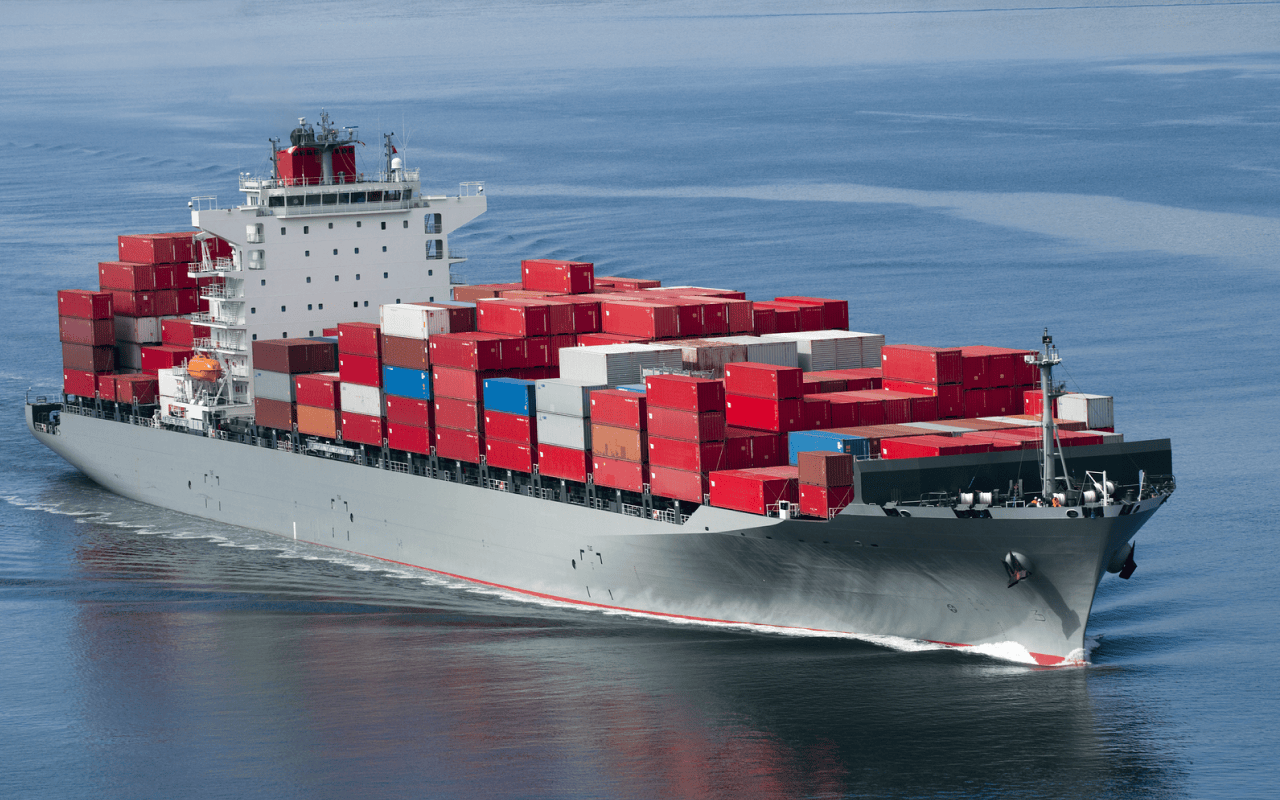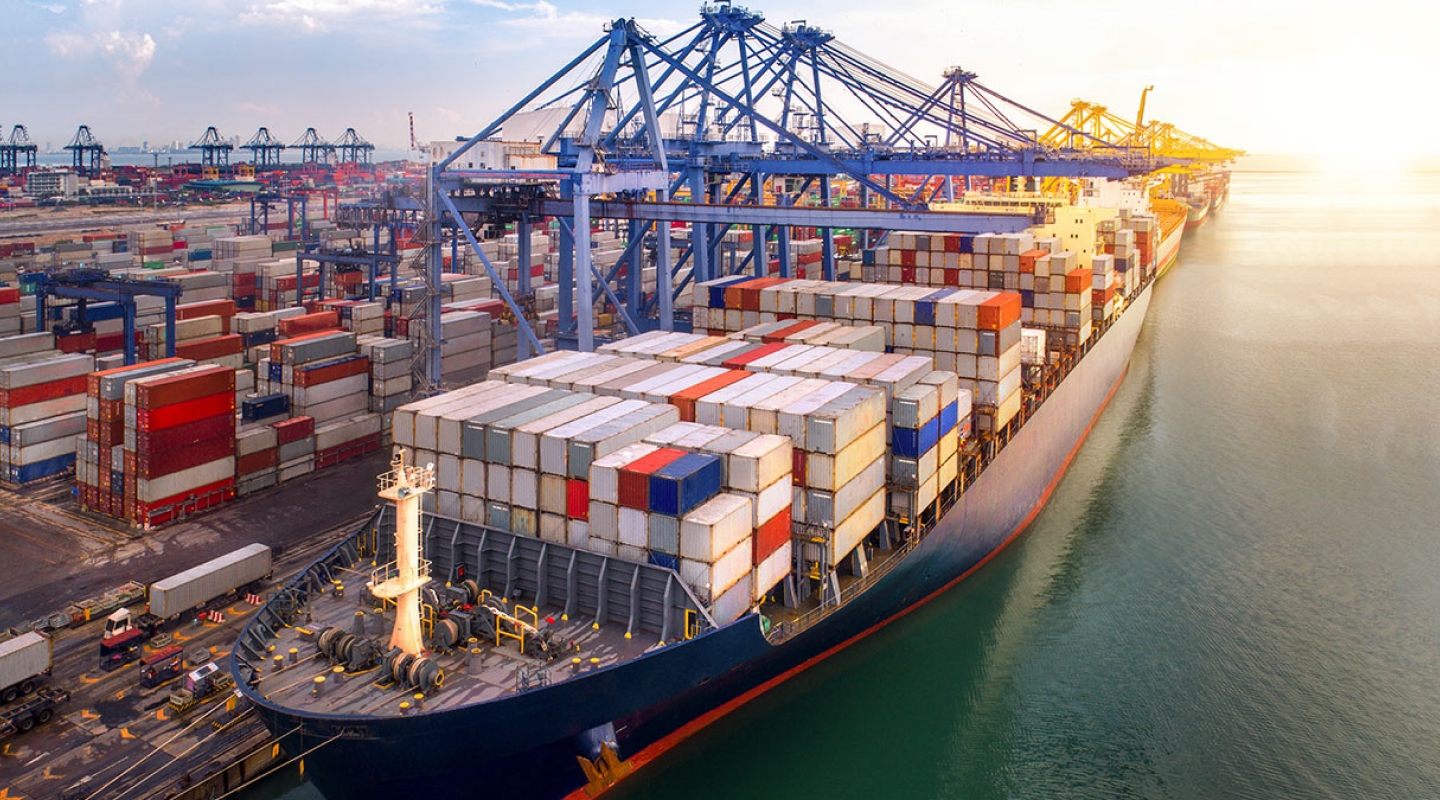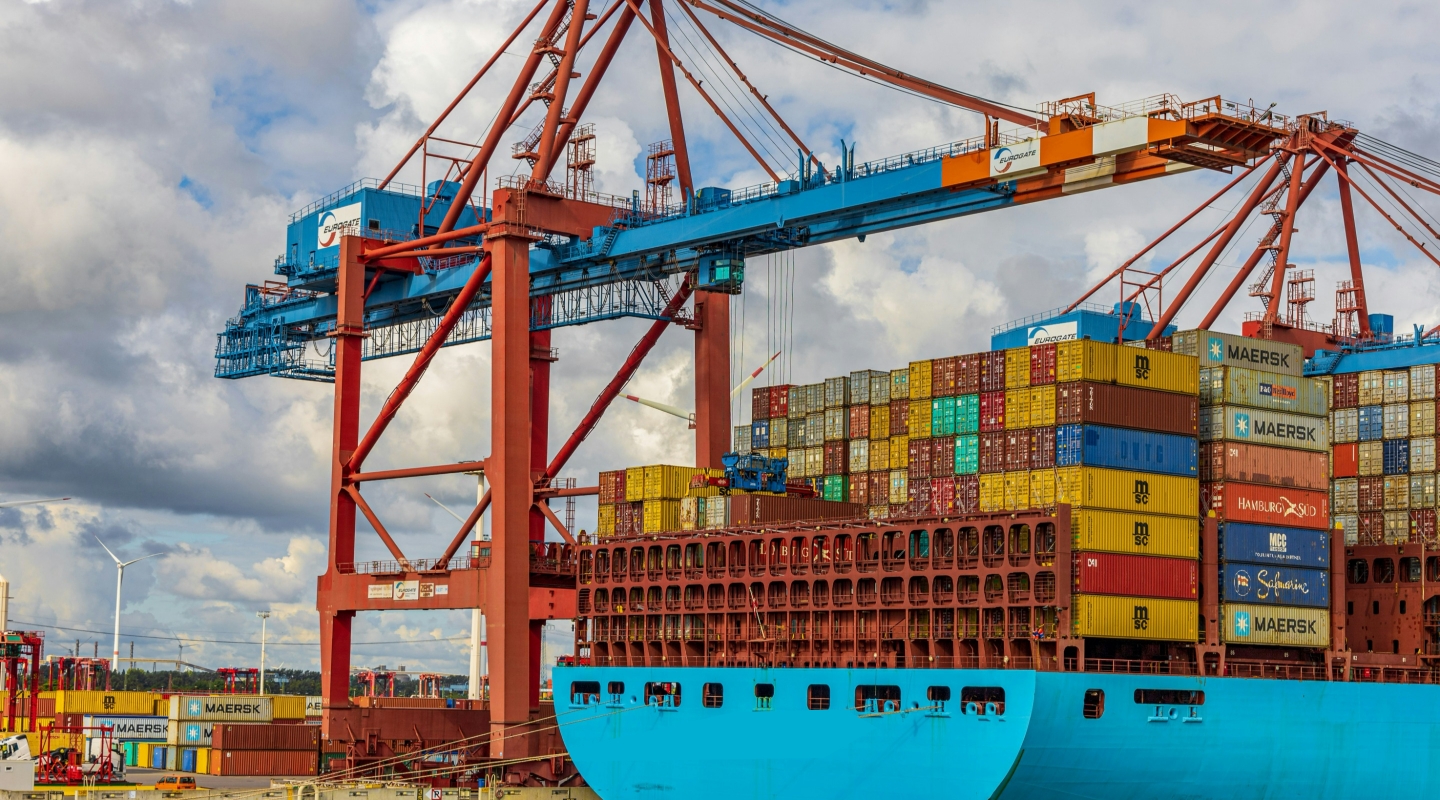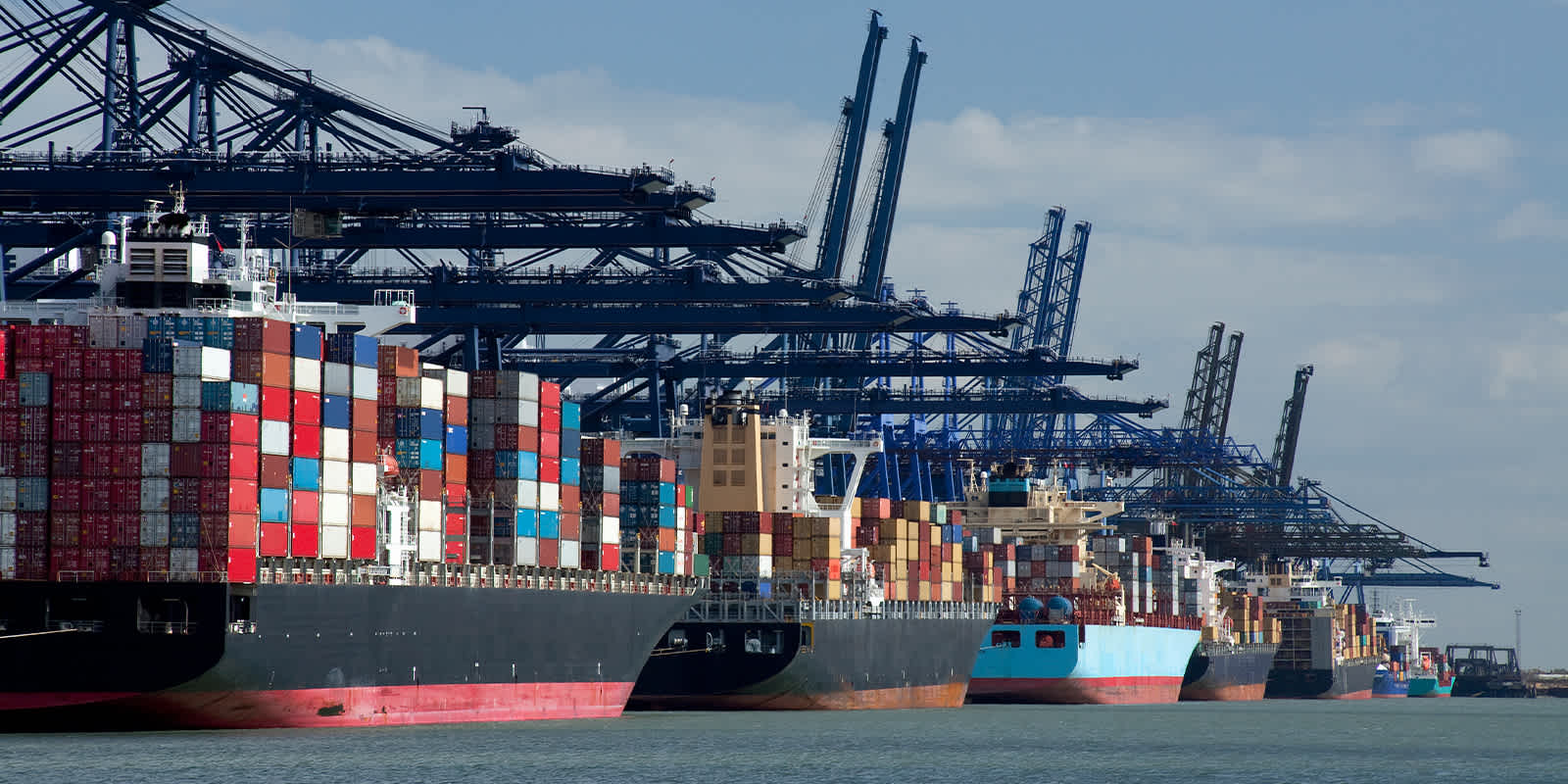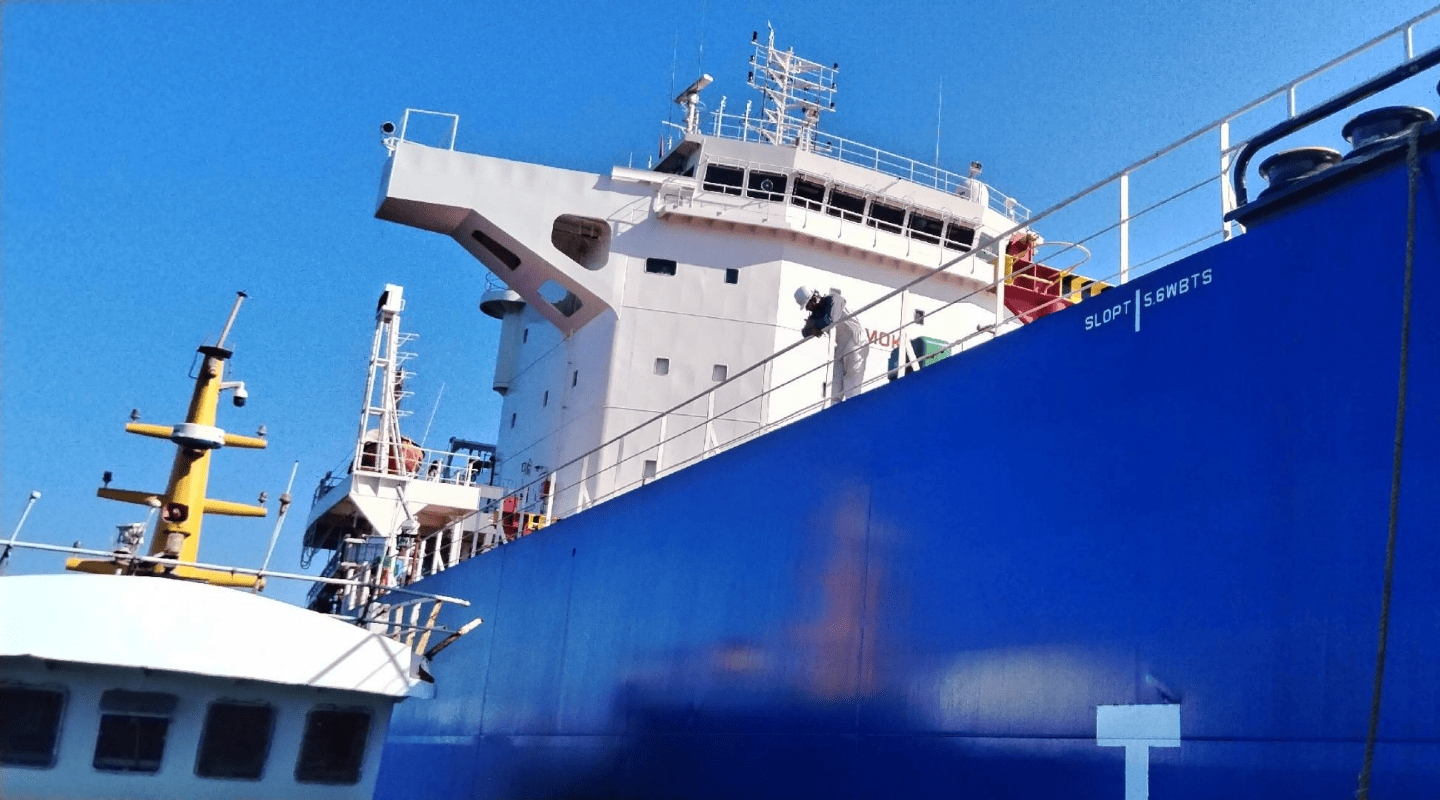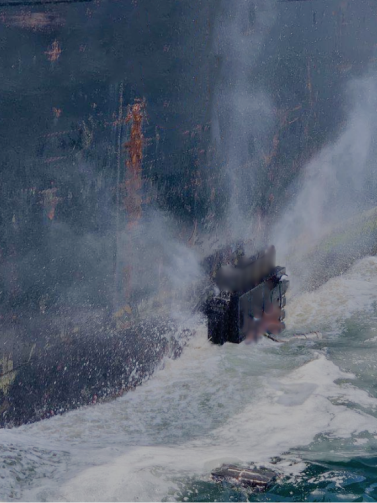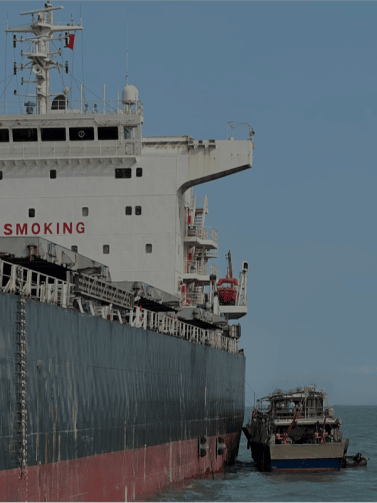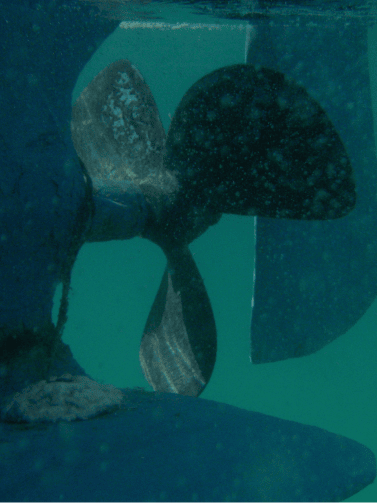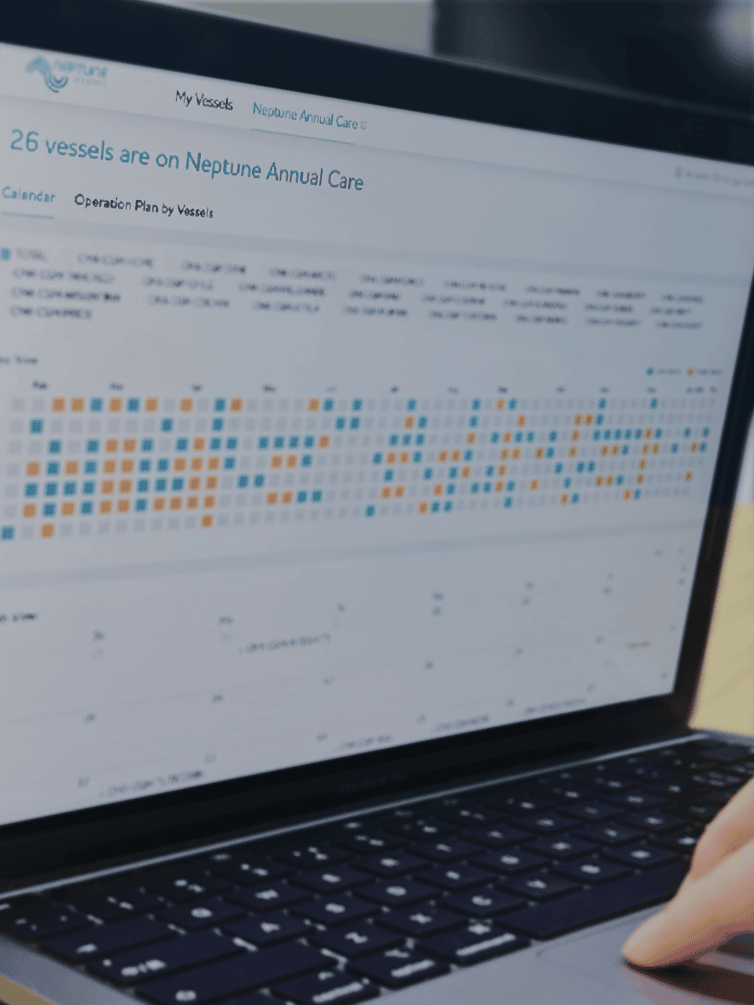While most shipping companies are still navigating the uncertainties of the decarbonization path, some companies have emerged as industry leaders with a “decarbonization ace” up their sleeves:
Recently, Odfjell, one of the world’s top chemical shipping companies, announced that its fleet had already achieved its 2030 decarbonization goal in the first quarter of this year: a 50% reduction in carbon intensity compared to 2008.
As carbon emission targets and regulations become increasingly stringent, decarbonization is increasingly seen as a competitive asset in the shipping industry, meaning that Odfjell now occupies a more proactive and advantageous position.
01-Decarbonization is Challenging, and Carbon Costs Are High
Some Companies Will Be Squeezed Out Sooner
While the shipping industry has made some progress in decarbonization, many vessels still face significant challenges in meeting the IMO’s Carbon Intensity Indicator (CII) and complying with the European Union Emissions Trading System (EU ETS).
According to Clarkson’s statistics, more than half of the currently operating vessels will have a CII rating of D or E by 2026. If corrective measures are not taken or are inadequate, more vessels will be forced into retirement.
The additional costs of carbon emissions are also becoming more apparent. The price of EU carbon allowances has risen by nearly 80% in the past 12 months, currently exceeding 100 euros per ton.
In the current market, which continues to be sluggish, with most shipping companies not achieving expected revenues, smaller-scale companies may not hold out for long if they cannot find a suitable decarbonization path, and they may be squeezed out of the market even faster.
“It’s as simple as finding money on the street, but no one is doing it.”
Odfjell explained that the company achieved this goal through various methods and measures, including regular hull and propeller cleaning, optimizing and upgrading weather routes, and more.
What surprised me is that others haven’t done more to reduce fuel consumption, and these projects are almost as simple as finding money on the street, but no one is doing it.
— Harald Fotland, CEO of Odfjell
Due to the time and cost of retrofitting and using alternative fuels, these solutions are not readily available. In the current oversupply of capacity and significant reduction in ship speeds, slowing down to save fuel will no longer yield further decarbonization benefits.
Therefore, for the vast majority of shipping companies, advancing fleet maintenance measures such as hull cleaning will be an important decarbonization strategy for now.
Minglee Hoe, a technical analyst at IMO, believes that these operational measures are relatively simple and can be implemented without increasing technical and infrastructure investments. Even with large-scale minor optimizations, significant carbon emissions reductions can be achieved.
02-Slow Ship Speeds and Idle Capacity
Now is the Time to Act
Among various decarbonization paths for ships, hull cleaning has become a common choice for many shipping companies due to its advantages such as reducing resistance during navigation, lowering fuel consumption, and cost-effectiveness.
Especially in the current shipping market with idle capacity and slow ship speeds, the issue of fouling on hulls becomes more prominent. (Details can be found in: A new shipping crisis is emerging on idle ships…)
Regular hull cleaning can reduce damage to idle and slow-moving vessels, ensuring that ships avoid additional fuel costs and additional decarbonization costs when demand rebounds.
Neptune is a robot ship inspection and cleaning company that operates in the ports with the most operations domestically and is the only one capable of providing services in both clear water and turbid water. Its clients include a wide range of shipping companies, including the world’s top five shipowners, and it has serviced more than 500 large vessels.
Research shows that underwater cleaning of ships can save 10.1% of fuel when fully loaded. If all ships can undergo regular underwater cleaning, shipping companies can not only significantly reduce costs and emissions but also become excellent business case studies, enhance market competitiveness, and increase resilience and sustainability in response to ongoing market downturns, energy transitions, and other challenges.”
